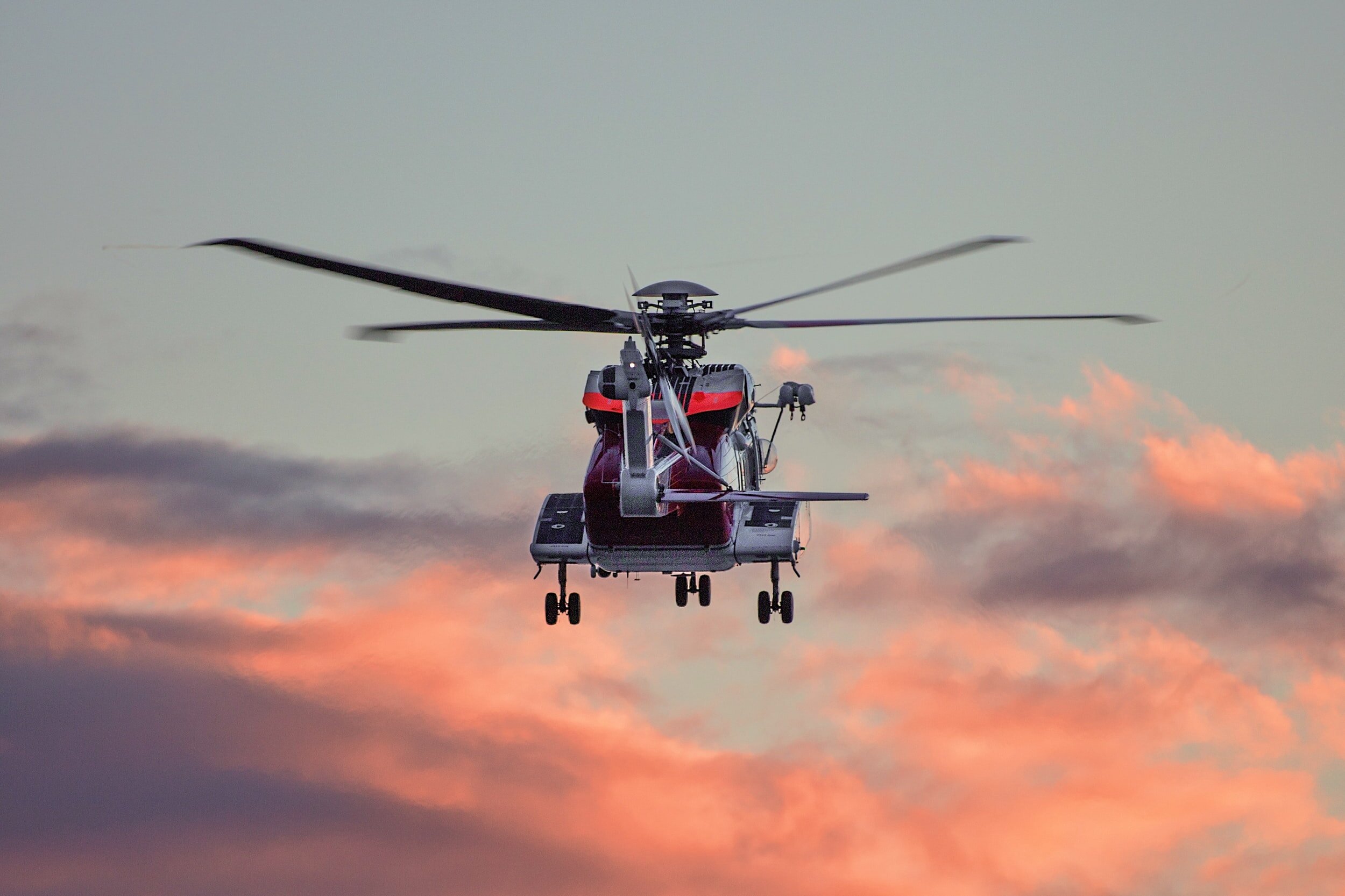
Why is aviation incident reporting so crucial? Aviation incident reporting is vital because it helps improve safety, prevent accidents, and enhance overall flight operations. By analyzing reported incidents, authorities can identify patterns, address potential hazards, and implement corrective measures. This proactive approach ensures that lessons are learned from past mistakes, reducing the likelihood of future mishaps. Pilots, air traffic controllers, and maintenance crews all play a role in this reporting process, contributing to a safer aviation environment. Additionally, these reports foster a culture of transparency and accountability within the industry, encouraging continuous improvement. Understanding the importance of aviation incident reporting can lead to safer skies for everyone.
Key Takeaways:
- Aviation incident reporting is crucial for safety in the skies. It involves mandatory and voluntary reporting programs to identify trends, make safety recommendations, and implement regulatory changes.
- Technology has revolutionized aviation incident reporting, making it more efficient. Digital reporting systems, data sharing, and real-time monitoring play a vital role in improving safety worldwide.
What is Aviation Incident Reporting?
Aviation incident reporting is crucial for maintaining safety in the skies. Pilots, air traffic controllers, and other aviation professionals report incidents to improve procedures and prevent future accidents. Here are some fascinating facts about this essential practice.
-
Mandatory Reporting
Certain incidents must be reported by law. These include engine failures, in-flight fires, and severe turbulence. This helps authorities investigate and implement safety measures. -
Voluntary Reporting Programs
Many countries have voluntary reporting programs. These allow aviation professionals to report safety concerns without fear of punishment. This encourages more open communication about potential hazards. -
ASRS in the United States
The Aviation Safety Reporting System (ASRS) in the U.S. collects voluntary reports. Managed by NASA, it aims to identify and solve safety issues. Reports are confidential to protect the identity of the reporter. -
Global Reporting Systems
Other countries have similar systems. For example, the UK has CHIRP, and Australia has REPCON. These programs share the same goal: improving aviation safety through anonymous reporting.
How Reports Are Used
Incident reports are not just filed away; they play a vital role in enhancing aviation safety. Here's how these reports are utilized.
-
Data Analysis
Reports are analyzed to identify trends and patterns. This helps in understanding common issues and developing solutions to prevent them. -
Safety Recommendations
Based on the analysis, safety recommendations are made. These can include changes to procedures, training, or equipment. -
Regulatory Changes
Sometimes, incident reports lead to changes in aviation regulations. This ensures that lessons learned from incidents are applied industry-wide. -
Training Programs
Incident reports are used to develop training programs for pilots and other aviation professionals. This helps them learn from past mistakes and improve their skills.
The Role of Technology
Technology has revolutionized aviation incident reporting, making it easier and more efficient. Here are some ways technology is used in this field.
-
Digital Reporting Systems
Many aviation authorities have digital reporting systems. These allow for quick and easy submission of reports, making the process more efficient. -
Data Sharing
Technology enables the sharing of incident data between different organizations and countries. This helps in identifying global trends and improving safety worldwide. -
Real-Time Monitoring
Some systems use real-time monitoring to detect incidents as they happen. This allows for immediate response and investigation.
Challenges in Aviation Incident Reporting
Despite its importance, aviation incident reporting faces several challenges. Understanding these challenges can help in finding solutions.
-
Underreporting
One major challenge is underreporting. Some incidents go unreported due to fear of punishment or lack of awareness. This can hinder efforts to improve safety. -
Data Overload
With so many reports being submitted, analyzing all the data can be overwhelming. Authorities need efficient systems to manage and analyze the information. -
Confidentiality Concerns
Maintaining confidentiality is crucial for voluntary reporting programs. If reporters fear their identity will be revealed, they may be less likely to report incidents. -
Cultural Differences
Different countries have different attitudes towards incident reporting. In some cultures, admitting mistakes is frowned upon, which can lead to underreporting.
Understanding these facts about aviation incident reporting highlights its importance in maintaining safety in the skies. By addressing the challenges and leveraging technology, the aviation industry can continue to improve and ensure safer flights for everyone.
The Importance of Reporting Aviation Incidents
Reporting aviation incidents is crucial for maintaining safety in the skies. These reports help identify potential hazards, allowing authorities to take corrective actions before they lead to accidents. Pilots, air traffic controllers, and maintenance crews all play a role in this process. By sharing their experiences, they contribute to a safer aviation environment for everyone.
Transparency and accountability are key. When incidents are reported, they are analyzed and used to improve training programs, update safety protocols, and enhance aircraft design. This continuous feedback loop ensures that the aviation industry evolves and adapts to new challenges.
Ignoring or underreporting incidents can have serious consequences. It can lead to repeated mistakes, putting lives at risk. So, the next time you hear about an aviation incident, remember that each report is a step towards safer skies for all of us.
Frequently Asked Questions
Was this page helpful?
Our commitment to delivering trustworthy and engaging content is at the heart of what we do. Each fact on our site is contributed by real users like you, bringing a wealth of diverse insights and information. To ensure the highest standards of accuracy and reliability, our dedicated editors meticulously review each submission. This process guarantees that the facts we share are not only fascinating but also credible. Trust in our commitment to quality and authenticity as you explore and learn with us.


